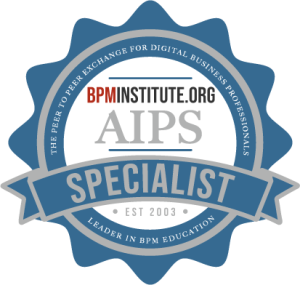Recently there was a discussion among various BPM experts about process and outcomes, that has me questioning the different ways business process professionals think currently about process improvement. My position in the discussion was that focusing on process and outcome simultaneously was necessary. Further, it was my contention that the statistical process control methodology Deming advocated assumed that customer satisfaction would always increase in parallel with improvements in quality.
General Motors discovered in the 80’s with the leather seats in its Cadillac line of automobiles that increases in quality do not necessarily equate to raised levels of customer satisfaction. This discovery led to conversations about rising customer expectations, especially during the 90’s.























